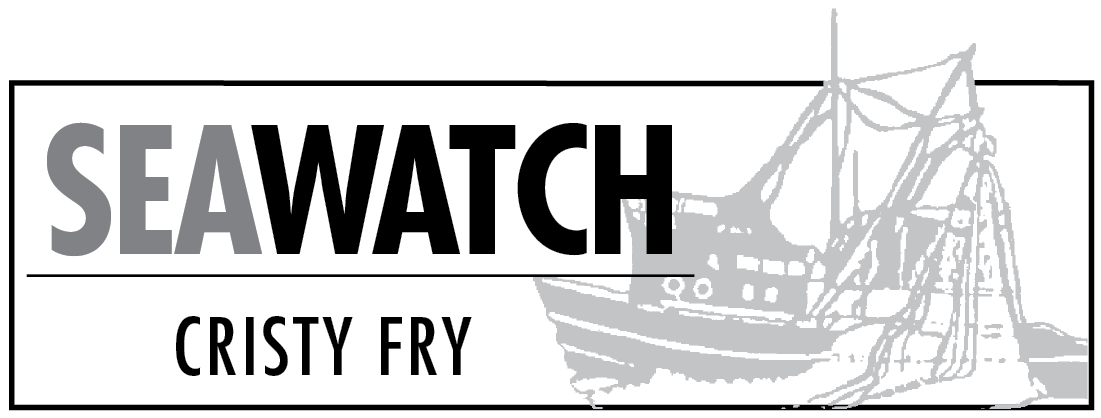The University of Alaska Southeast is offering an online, self-paced course in marine electrical systems for fishermen who want to be able to work on their own boats and know when to call the pros.
“It’s geared toward people like commercial fishermen, people who own a boat and want to do basic stuff,” according to Amy Crews at UAS.
It’s also designed to help people see if the work is getting to the point where they need to have a specialist come and take a look, she said.
The course does not train people to be marine electricians, but addresses basic electrical concepts, as well as specific systems and strategies to troubleshoot problems with them. It also explains best practices.
Participants have three months to complete the course, and access to the online material for up to a year. The cost is $125.
More information can be found at http://www.uas.alaska.edu/sitka/courses/online.html, or by calling 800-478-6653, ext.7762.
The U.S. Food and Drug Administration has released the results of a two year investigation into seafood labeling. The investigation has found that 85 percent of seafood tested was properly labeled, demonstrating that the problem of mislabeling is not as widespread as first thought, according to The Fish Site.
The work included 700 DNA samples collected from wholesalers in 14 states, prior to restaurant or retail sale.
The FDA also targeted types of seafood most often suspected to be mislabeled. The identified mislabeling was found in two species, snappers and groupers, which represent less than 2 percent of total seafood sales.
“This extensive federal analysis brings the challenge of mislabeling into a much clearer focus,while at the same time calling into question other mislabeling ‘studies’ that suggest the issue is widespread and in need of a legislative fix,”” said John Connelly, president of the National Fisheries Institute.
That contrasts with reporting by Oceana two years ago saying recent studies have found that seafood may be mislabeled as often as 25 to 70 percent of the time for fish like red snapper, wild salmon and Atlantic cod, disguising species that are less desirable, cheaper or more readily available.
“What the FDA found reinforces the need for implementation of rules already on the books,” said Lisa Weddig, Secretary of the Better Seafood Board.
Cristy Fry can be reached at realist468@gmail.com.


